When a brand-name drug loses its patent, the race to sell the first generic version begins. But here’s the twist: the company that made the original drug can launch its own generic version - at the exact same time. This isn’t a mistake. It’s a strategy. And it’s changing how much you pay for medicine.
What’s the difference between a first generic and an authorized generic?
A first generic is the first company to successfully challenge a brand-name drug’s patent and get FDA approval to sell a generic version. This company gets 180 days of exclusive rights to sell that generic - no one else can enter the market during that time. That exclusivity is supposed to reward them for the cost and risk of suing the brand-name maker. These companies often spend millions on legal battles and years preparing their application. If they win, they can capture up to 90% of the market during those six months.
An authorized generic is different. It’s made by the same company that produces the brand-name drug - or by a partner they’ve approved. It’s identical in every way: same ingredients, same factory, same packaging, just without the brand name. The key? It doesn’t need a separate FDA approval. It slips in under the brand’s existing New Drug Application (NDA). That means it can hit shelves in days, not months or years.
So while the first generic is racing to be first, the brand company can wait, watch, and then drop their own version - right when the first generic starts selling. That’s when things get messy.
Why timing matters more than you think
The 180-day exclusivity period was designed to give the first generic a fair shot at recouping its investment. But brand companies figured out how to use the system against it.
Research from Health Affairs shows that in 73% of cases between 2010 and 2019, authorized generics launched within 90 days of the first generic’s approval. In 41% of cases, they launched on the same day. That’s not coincidence. That’s precision targeting.
Take Lyrica, Pfizer’s nerve pain drug. When Teva launched the first generic version in July 2019, Pfizer immediately rolled out its own authorized generic through Greenstone LLC. Within weeks, Teva’s market share dropped from 80% to under 50%. Pfizer’s version captured about 30% of sales. Teva didn’t get its full payout. Patients didn’t get the deepest price drop. And the healthcare system lost billions in potential savings.
Why? Because when two versions hit the market at once, the price doesn’t crash the way it should. Instead of dropping 80-90%, prices fall only 65-75%. That’s because the authorized generic isn’t competing on price - it’s competing on trust. Pharmacies and insurers often default to the version that’s already in their system - the one that looks just like the brand.

How the system was meant to work vs how it actually works
The Hatch-Waxman Act of 1984 was built on a simple idea: reward companies that challenge patents, so more generics enter the market faster and prices drop. It worked - for a while. Between 2000 and 2010, generic use jumped from 20% to 70% of prescriptions. Prices fell. Patients saved money.
But then brand companies started using authorized generics as a weapon. Instead of waiting for competition, they became the competition.
Here’s how the system breaks down:
- First generic: Takes 2-3 years and $5-10 million to prepare. Must prove bioequivalence. Faces FDA backlogs that can delay approval for years. Gets 180 days of exclusivity.
- Authorized generic: No new approval needed. Can launch in days. Uses the brand’s existing NDA. No legal risk. No R&D cost. Can enter at any time - even during the first generic’s exclusivity window.
The FDA approved 80 first generics in 2017, a record. But less than 10% of generic applications get approved on the first try. Meanwhile, authorized generics bypass the whole process. They’re not even counted as “generic competitors” under the Inflation Reduction Act of 2022 - because they’re not really competitors. They’re the brand in disguise.
Who wins? Who loses?
Let’s be clear: the brand-name company always wins. They protect their profits, keep patients loyal, and avoid the full price drop that comes with true competition.
The first generic? They lose big. Their 180-day exclusivity becomes a trap. They invest everything, win the legal battle, and then get undercut by the very company they fought. Many smaller generic manufacturers now say the window for profitable entry has shrunk to just 45-60 days. Some have stopped challenging patents altogether.
Patients and insurers? They pay more than they should. RAND Corporation found that when authorized generics enter during the exclusivity period, the average price reduction is 15-20% lower than it would be otherwise. That adds up. In cardiovascular, CNS, and metabolic drugs - the most common targets - this tactic has cost the U.S. healthcare system billions.
Even the FDA’s own data shows the imbalance. In 2017, nearly 90% of brand-name drug applications got approved on the first try. For generics? Less than 10%. That’s not a technical issue. It’s a structural one.

What’s being done about it?
There’s growing pressure to fix this. The FTC sued drugmakers for “pay-for-delay” deals - where brand companies pay generics to delay entry. The Supreme Court ruled in 2013 that those deals could be illegal. But authorized generics? They’re still legal. In fact, they’re encouraged.
The Association for Accessible Medicines (AAM) argues authorized generics increase access and lower prices. They point to drugs like Lipitor and Prilosec, where authorized generics helped drive down costs. But that’s not the full story. Those drugs entered the market before the tactic became widespread. Today, it’s not about access - it’s about control.
The Inflation Reduction Act of 2022 took a small step by saying authorized generics don’t count as “generic competitors” when Medicare negotiates prices. That’s a recognition: they’re not really the same thing.
But there’s no law that stops a brand company from launching its own generic on day one. No rule that says they have to wait. No penalty for undermining the Hatch-Waxman Act’s intent.
What’s next for generic drug competition?
By 2027, authorized generics could make up 25-30% of all generic prescriptions - up from 18% in 2022. That means more drugs will have two versions: one from the brand, one from a challenger. But the challenger won’t get the reward they were promised.
Leading generic manufacturers are adapting. Some are building faster approval pipelines. Others are diversifying their portfolios so they don’t rely on one blockbuster generic. A few are even partnering with brand companies - not to fight them, but to join them.
The bottom line? The race to be first doesn’t matter as much as it used to. The real advantage now lies with whoever controls the supply chain - not who files the paperwork first.
If you’re paying for a generic drug today, ask yourself: Is this really the cheaper option? Or is it just the brand in a different label?
Can a brand-name company legally launch its own generic version?
Yes. Brand-name companies can launch authorized generics without needing FDA approval for a new drug. They use their existing New Drug Application (NDA) and simply repackage the same product under a generic label. This is legal and common in the U.S. pharmaceutical market.
Why do authorized generics reduce price savings?
When an authorized generic enters the market at the same time as the first generic, it splits the market instead of letting the first generic dominate. This prevents the steep price drop that happens when one generic has a monopoly. Instead of prices falling 80-90%, they drop only 65-75%, leaving patients and insurers paying more than they should.
Do authorized generics have the same ingredients as the brand-name drug?
Yes. Authorized generics are identical to the brand-name drug in active ingredients, dosage, strength, and manufacturing process. They’re often made in the same facility. The only difference is the label and packaging.
How does the 180-day exclusivity period work for first generics?
The Hatch-Waxman Act gives the first generic company that successfully challenges a patent 180 days of exclusive rights to sell that generic. During this time, no other generic can enter the market. But if an authorized generic is launched during this window, it doesn’t count as a competitor - so the exclusivity is effectively broken.
Are authorized generics better for patients than first generics?
From a safety and effectiveness standpoint, yes - they’re identical. But from a cost standpoint, no. Authorized generics often prevent the deepest price drops because they’re launched to compete with - not replace - the first generic. This keeps prices higher than they’d be with true competition.
Why don’t more generic companies challenge patents?
Because the risk has grown too high. Many generic manufacturers now say the financial reward for winning a patent challenge is no longer worth the cost. With authorized generics entering on day one, the 180-day exclusivity window often doesn’t generate enough profit to cover legal fees and development costs. Some companies have stopped filing ANDAs altogether.

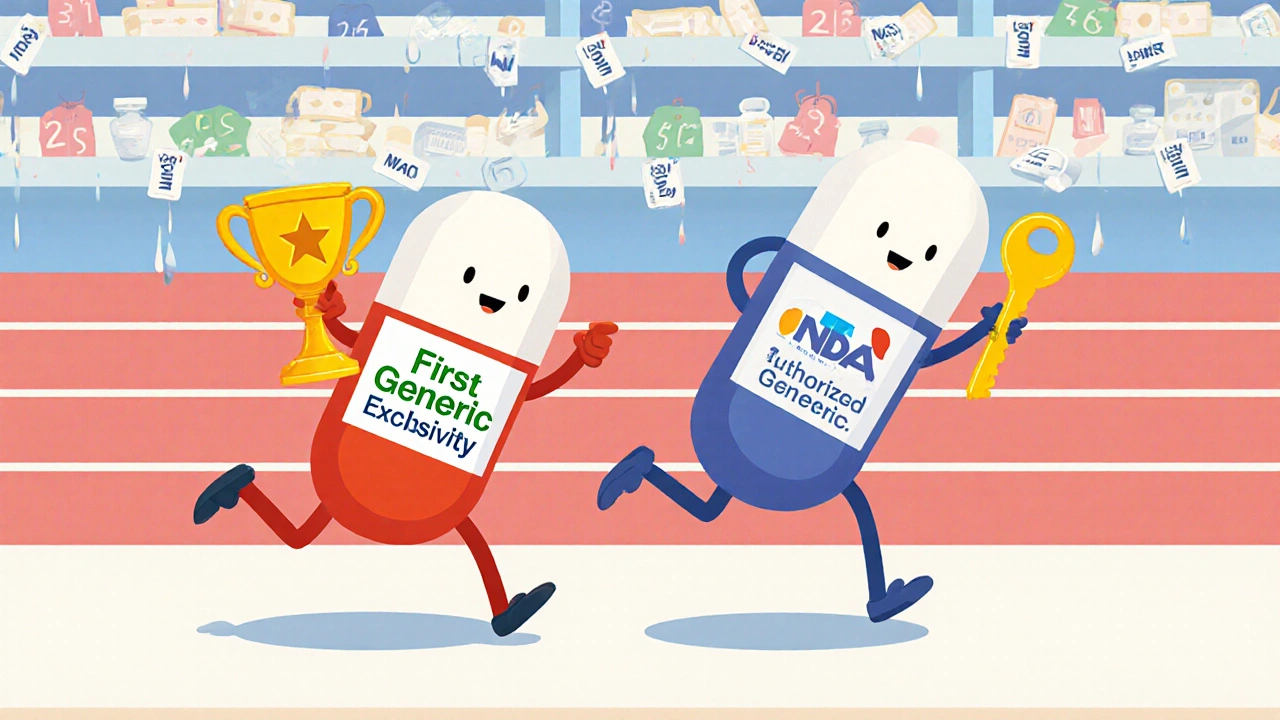
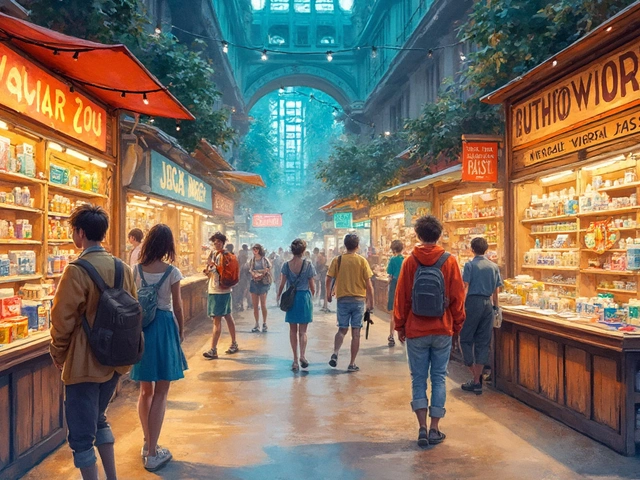
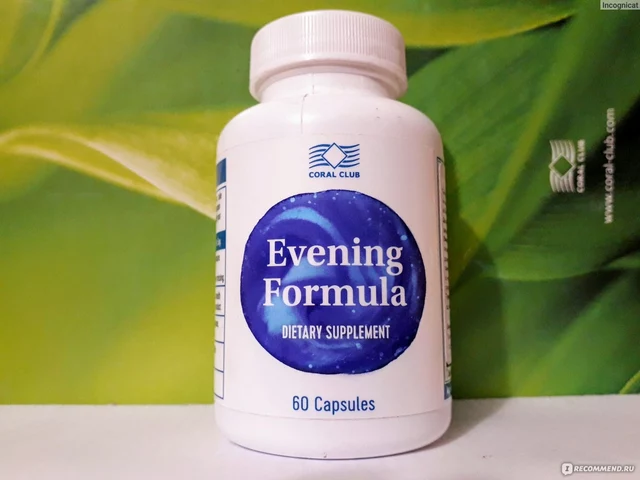

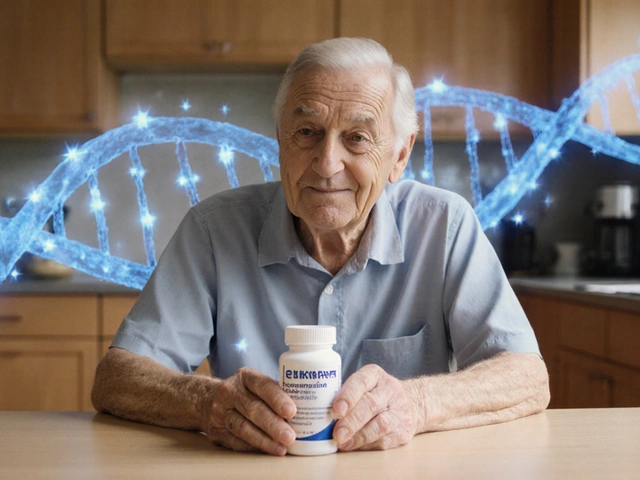
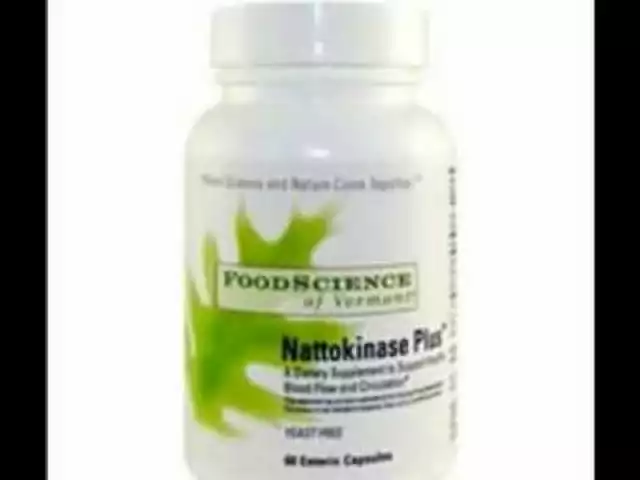
Comments(14)